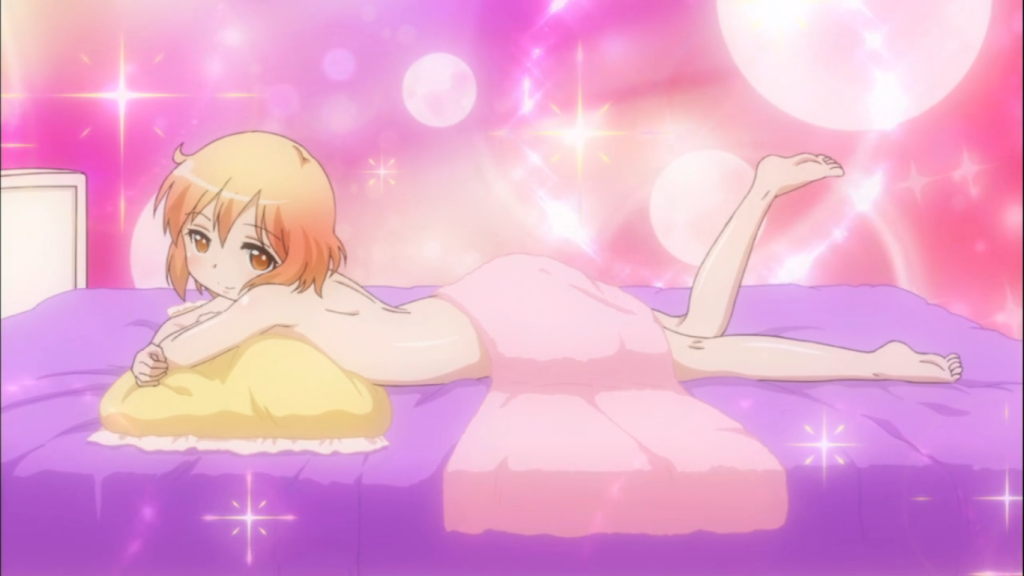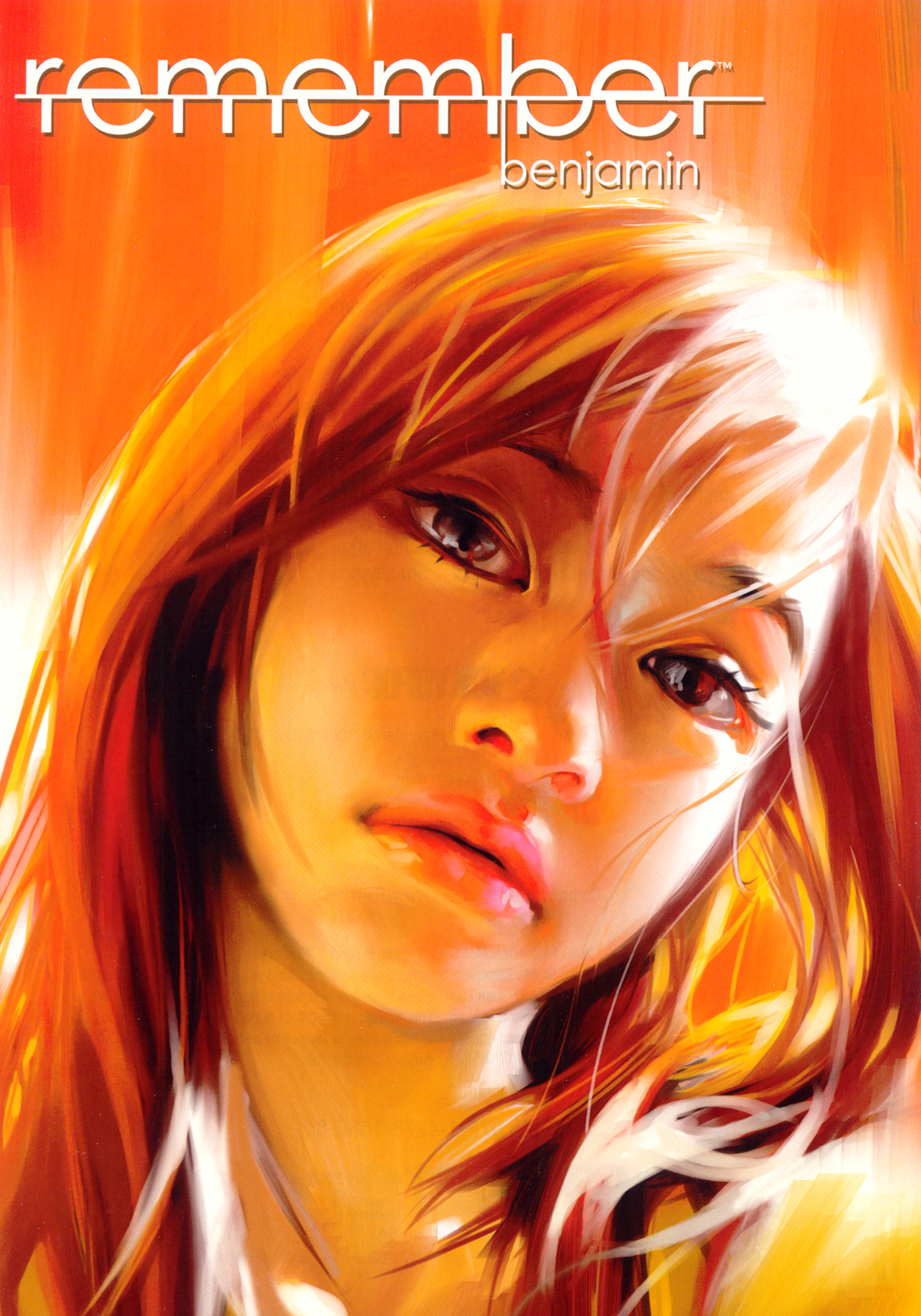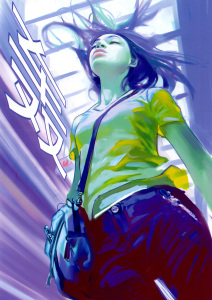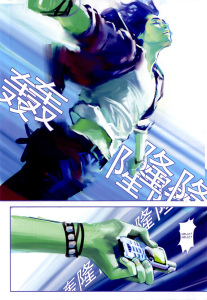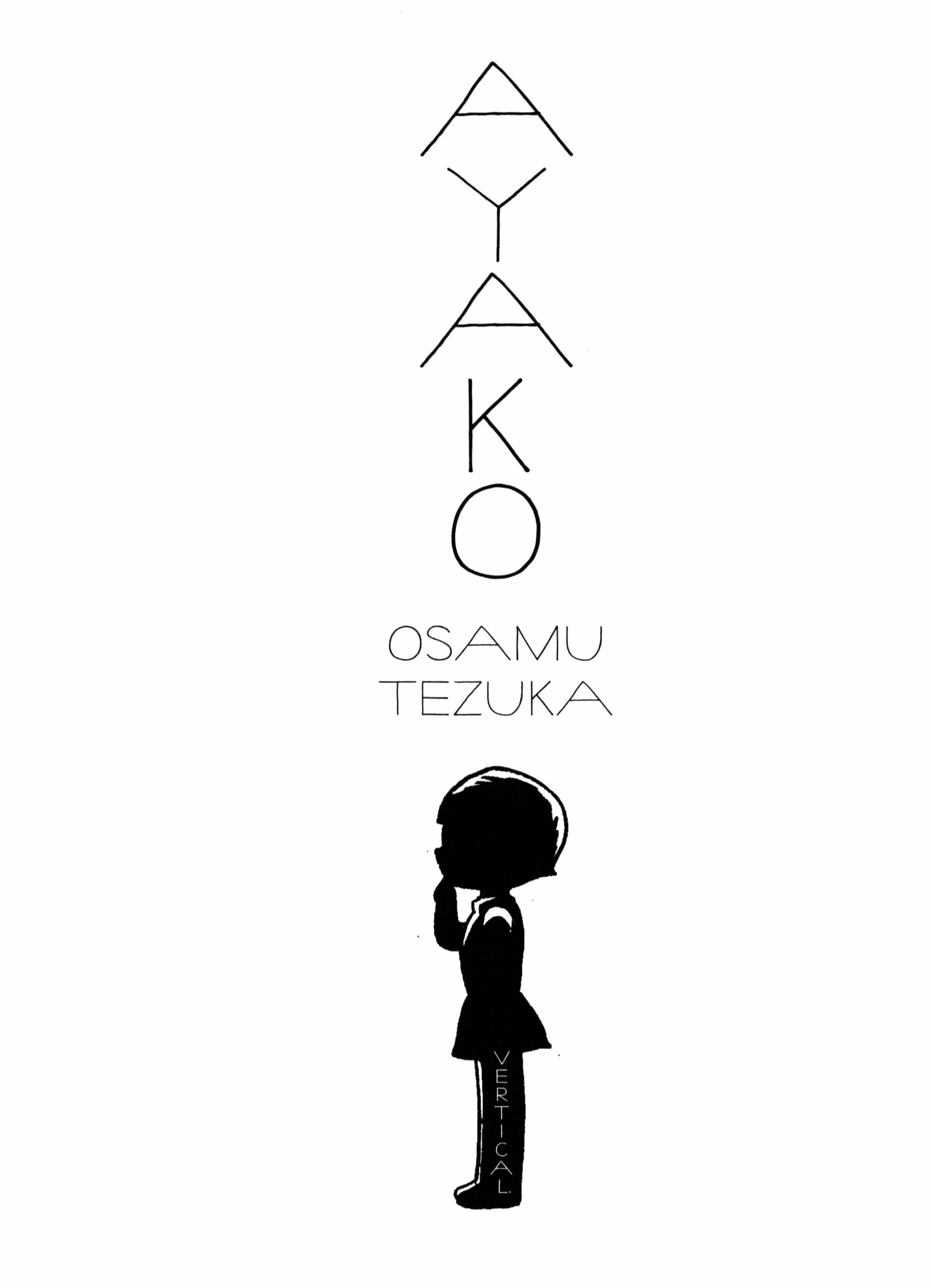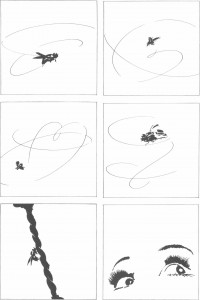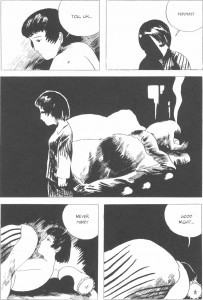Another item knocked off my anime backlog, at least. First Barakamon, now Kotoura-san. If I keep dropping them this quickly, I’ll be done with the list in no time. But I don’t just drop series for the sake of dropping them. I am actively looking for new things to watch and enjoy, and it pains me, not least because of wasted time and bandwidth, when I have to drop things. However as with Barakamon I had my reasons, which I will now proceed to explain.
Reason 1 – One episode was enough. The premise is cute: Girl with power to read minds finds herself alienated from friends and family until she meets one boy who swears to stick by her no matter what. A budding romance begins. It was sweet, it was interesting, but it didn’t need to go beyond episode one because it’s a foregone conclusion how things are going to work out – assuming the opening theme didn’t spoil the romantic developments for you.
Reason 2 – It can’t decide what kind of show it wants to be. Does it want to be a high school romance? A tragic drama? A slapstick high school comedy? No, it wants to be all of the above, but it’s not particularly good at any of them. The romance would have been okay if Manabe didn’t blurt out his love for Kotoura right in episode 2. It was like, you what now? Because it’s easy to understand what Kotoura might see in him, but since when did he start liking her in a special way? What does he see in her? Isn’t he just falling in love with her because the plot demands it?!
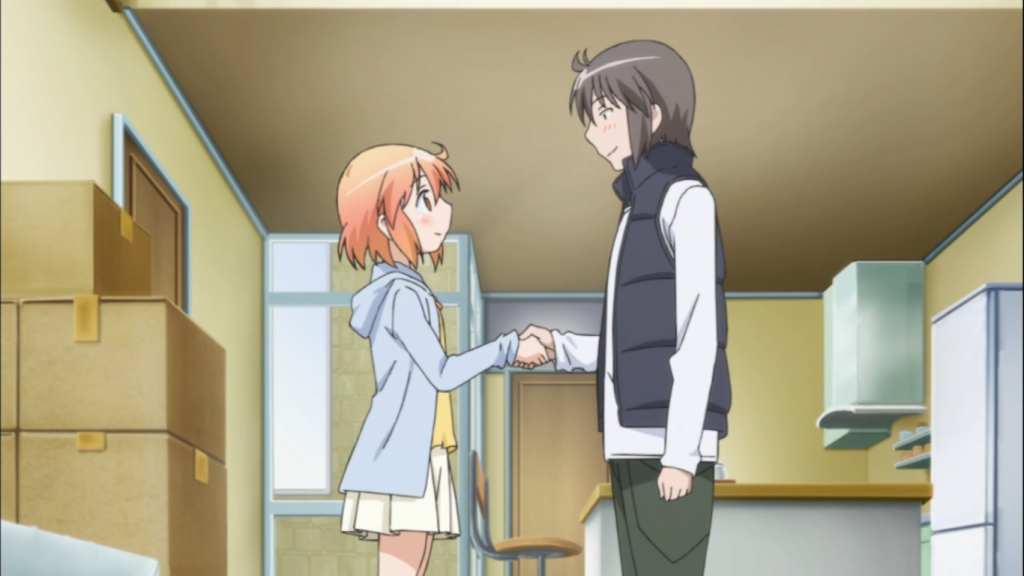
The tragic drama part might have been okay as well if it wasn’t sandwiched between the romance slice-of-life and the stupid comedy. As it is, those scenes always seems to come out of nowhere and completely disrupt whatever mood you’ve got going on. You can’t relax and enjoy the show when there’s always some CRAAAAWLLLING IIIIN MY SKIIIIN waiting around the next corner. Especially since with the exception of Kotoura everyone else’s problems seem self-manufactured. Heck, even Kotoura should be old enough and wise enough to keep her mouth shut and hide her powers. Dummy.
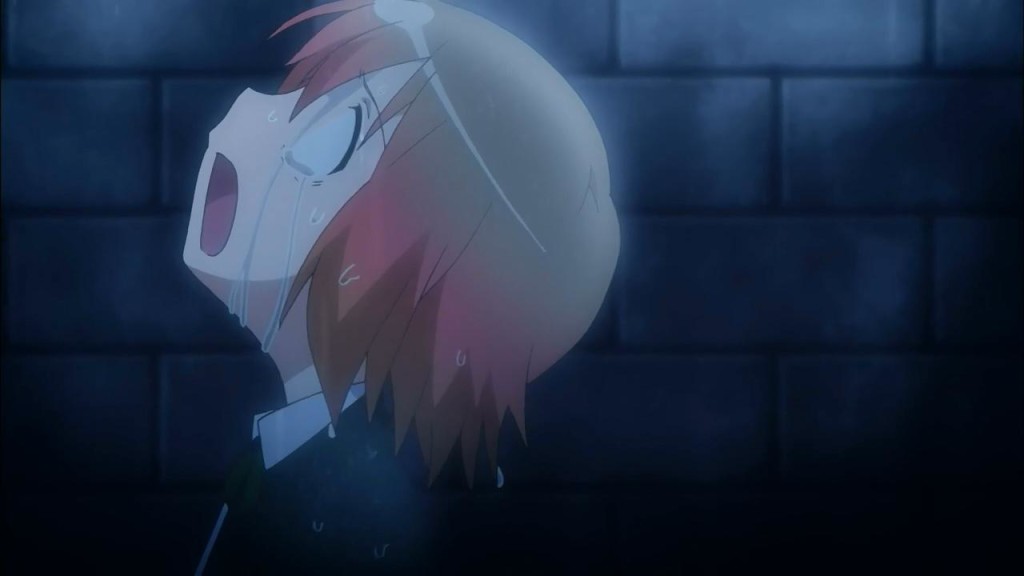
Reason 3 – Too much too soon. I already mentioned above how quickly Manabe fell in love with Kotoura and how weird that was. I wonder if things were rushed because it’s a 13-episode series. No idea how long the original manga is. But apart from the confession there’s also this drama with some guys beating up Manabe and Kotoura deciding “It’s all my fault, I have to disappear forever!” and stuff. And it’s only episode 3! Like, already? The characters have barely been established, the ESP club has barely started to know each other and you’re already dropping all this shoujo manga drama on my head? I couldn’t even bring myself to watch episode 4, I was just like ENOUGH.
Reason 4 – It’s rather vulgar. A large part of the so-called comedy in Kotoura-san consists of the male lead fantasizing about her in compromising positions, knowing that she can read his mind. So he’s always thinking stuff like this just to tease her:
First off, I don’t see anything comical about sexual harassment. It’s not like Kotoura welcomes those thoughts, since he specifically does it to discomfit her. I don’t see anything loving or romantic about it either. It’s just crude, vulgar and unwelcome. It made me dread every scene where Manabe showed up, because in addition to his thoughts, he just wouldn’t shut up about perverted stuff. 3 episodes of that was more than enough.
Roundup – Watch over your heart with all diligence, For from it flow the springs of life (Proverbs 4:23).
The further I get in my Christian walk, the stricter I am about the things I will and will not allow into my life. This especially applies to media and entertainment, which is mainly made by unbelievers for unbelievers. “Do not conform to the pattern of this world, but be transformed by the renewing of your mind.” (Romans 12:2), so even if the world says it’s perfectly okay to have a vulgar, foul-mouth, perverted protagonist or says that mentally undressing someone you claim to love is fine, I know better. That’s why Jesus said “You have heard that it was said, ‘YOU SHALL NOT COMMIT ADULTERY’; but I say to you that everyone who looks at a woman with lust for her has already committed adultery with her in his heart.” (Matthew 5:27-28)
Even if everything else about Kotoura-san was above reproach I would probably have dropped it anyway because of Reason 4. The other reasons just made it easier to do so. Dropped without regrets, unless you count wishing I had just stopped after episode one.

